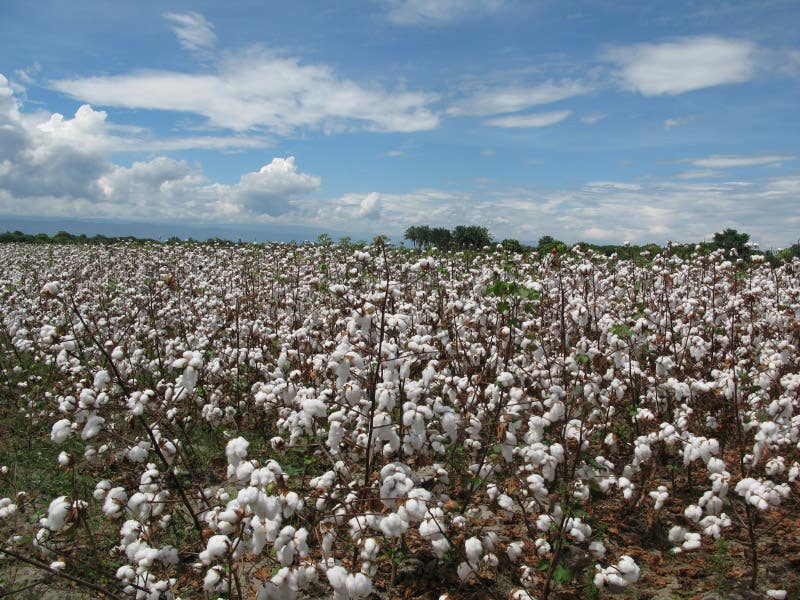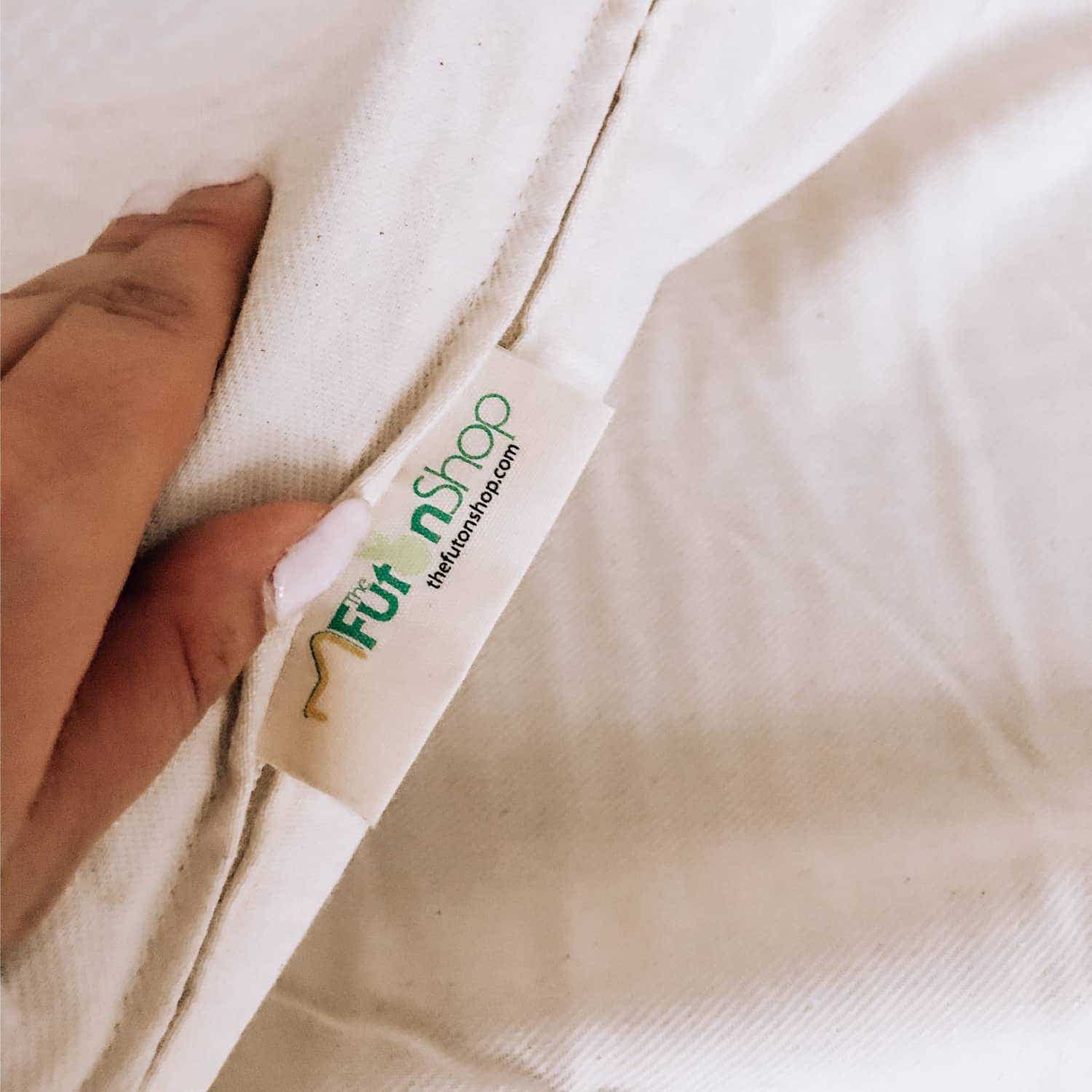
If it has the suffix –cide in it, then you know it’s meant to kill something. Pesticides are designed to kill insects, fungus, bacteria and other things that feed on crops, are vectors for disease, nuisances, and things that destroy property. Farming is big business and some farming companies are bottom-line driven, in business to make money at any cost. Pesticides and genetically modified organisms are a way to ensure they get the crop yield they demand, no matter how it hurts the environment or the consumers. Pesticides can be toxic to humans and lower animals. It can take a small amount of some toxins to kill. And other toxins that are slower acting, may take a long time to cause harm to the human body. Children seem to be greatly susceptible to the toxic effects of pesticides. The Natural Resource Defense Council has collected data which recorded higher incidence of childhood leukemia, brain cancer and birth defects. These results correlated with early exposure to pesticides. Even just using pesticides in amounts within regulation, studies have revealed neurotoxins can do serious damage during development. Researchers report the dangers of pesticides can start as early as fetal stages of life. The Pesticides entry at Wikipedia.org lists some of the results that have been recorded in recent years including:
- Fetuses, (pre-birth babies), may suffer from exposure and exhibit behavioral problems, growth issues
- Lower cognitive scores, fewer nerve cells and lower birth weight
- A lower resistance to the toxic effects of pesticides
- A greater risk (70% increase), for Parkinson’s disease, even with low levels of pesticides

What you also need to understand is that toxins from pesticides can remain in the body and build up in the liver. And, even at “safe” levels your reactions can be mild to severe. High levels of exposure can be fatal. How do you know if you’re going to be ill? You don’t; you just have to hope for the best. How will you be affected? Well, you don’t really know how you body will react to the toxins until it happens. Several factors determine how your body will react including your level of exposure, the type of chemical you ingest, and your individual resistance to the chemicals. Some people are unaffected or are mildly affected, while others become severely ill from similar levels of exposure. Some possible reactions are:
|
|
Isolating the main organic ingredients in chemical free mattresses that have the possibility of being exposed to pesticides; we have wool, cotton, and latex.
Here are the standards that organic mattress manufacturers should use to ensure quality organic ingredients.
What Are The Benefits Of A Wool Mattress? - sheep live on free range pastures free of dangerous pesticides.
What Does Organic Cotton Mean? - grown on plantations without the use of pesticides that meet federal USDA organic regulations.
How Are Latex Mattresses Made? - grown on plantations without the use of pesticides that meet federal USDA organic regulations.
LEARN MORE









